The price of PET bottle balers varies due to several factors.Here are some key factors that influence the cost of PET bottle balers:Equipment Type and Scale:Smaller,manual or semi-automatic balers are usually less expensive,while larger,fully automatic balers tend to be more costly due to advanced technology and higher efficiency.Performance Parameters:These include baling speed,machine durability,energy consumption,etc.High-performance equipment can complete tasks quickly,but correspondingly,the price is also higher.Brand and Manufacturer:Well-known brands may charge more due to their market reputation and high-quality standards.Imported equipment is also generally more expensive than domestically produced machines.Technology and Custom Features:If the equipment includes high-end technology or has been customized according to customer needs,the price will also increase accordingly.Sales and After-sales Service:Manufacturers offering excellent after-sales service might ask for a higher price,as this indicates they provide more comprehensive customer support.Market Demand:The law of supply and demand can also affect prices.If there is an increased demand for PET bottle balers in the market,prices may rise.
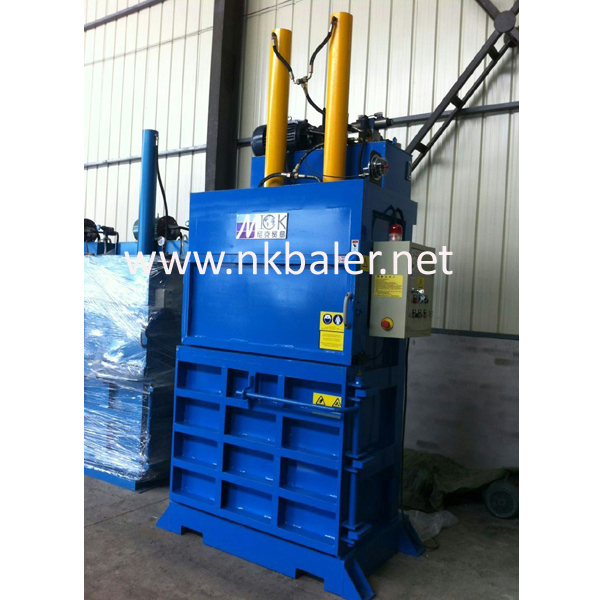
In summary,understanding these influencing factors helps in better price negotiations when purchasing PET bottle balers and ensures the acquisition of cost-effective equipment.The price of PET bottle balers differs based on brand,model,performance,and functionality.
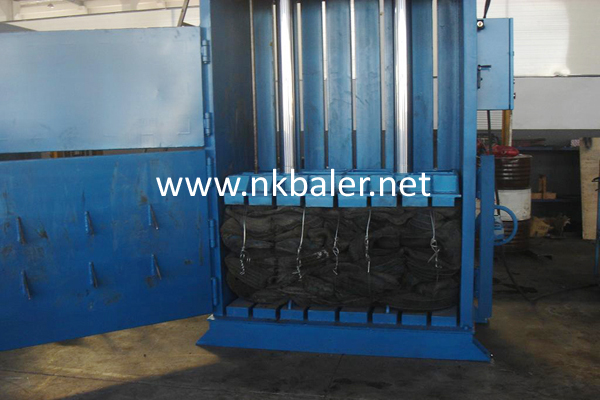
Additionally,paying attention to promotional activities can lead to more favorable prices.The price of a tire baler is affected by brand,model,functionality,and market supply and demand.
Fiber and coco coir fiber balers,as essential equipment in the textile and agricultural waste management industries,have prices influenced by various factors.These balers are commonly used to compress fibrous materials such as cotton,flax,or coconut and other plant fibers into compact bales for easier transportation and storage.As the application of these balers in environmental protection and resource recycling becomes increasingly widespread,their market demand also grows.The price can vary significantly depending on the baler's capacity,level of automation,and the manufacturer's brand.For example,a medium-sized fiber/coco coir fiber baler with good compression efficiency and a higher level of automation might be priced lower.In contrast,top-of-the-line industrial-grade balers equipped with precision control systems,efficient compression mechanisms,and safety features command a higher price.
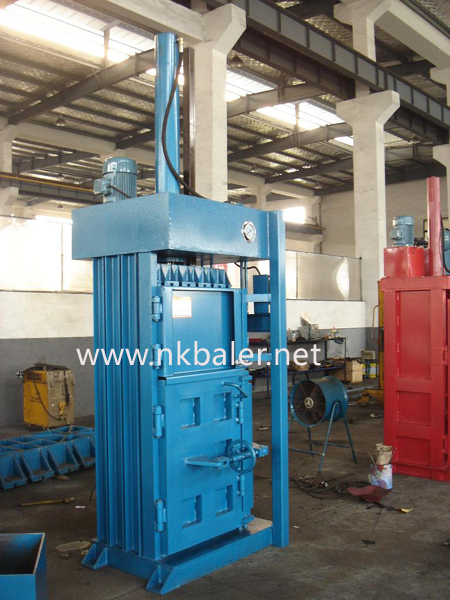
When purchasing,considerations beyond price include the machine's operating costs,frequency of replacing wear parts,and the manufacturer's after-sales service.An ideal baler should balance investment and output,achieving economical,efficient,and environmentally friendly fiber processing.The price of fiber/coco coir fiber baling machine is mainly affected by manufacturing costs,brand,technical performance,and market demand.
In the textile and garment manufacturing industry,double chambers clothes balers are highly popular for their efficiency and space-saving features.These machines typically have two compression chambers,capable of processing garments simultaneously or alternately,thereby increasing production efficiency and reducing waiting time.Price-wise,double chambers clothes balers vary due to technical specifications,manufacturing quality,brand reputation,and other factors.The cost of a double chambers clothes balers with stable performance and easy operation might be higher.High-end machines may come equipped with more advanced automated features such as automatic bundling and sensor-regulated pressure adjustment,which often contribute to a higher price tag.When investing in a dual-chamber garment baler,one should consider not only the direct cost of the equipment but also the operating costs,maintenance expenses,and potential energy savings.Opting for well-known brands and suppliers that offer quality after-sales service can ensure long-term stable operation of the equipment and reduce the risk of production interruptions.In summary,the double chambers clothes baling machine is an efficient piece of equipment in the garment manufacturing industry,saving businesses time and money by optimizing production processes.When selecting one,it is important to comprehensively consider factors such as price,performance,and after-sales service to ensure the best return on investment.
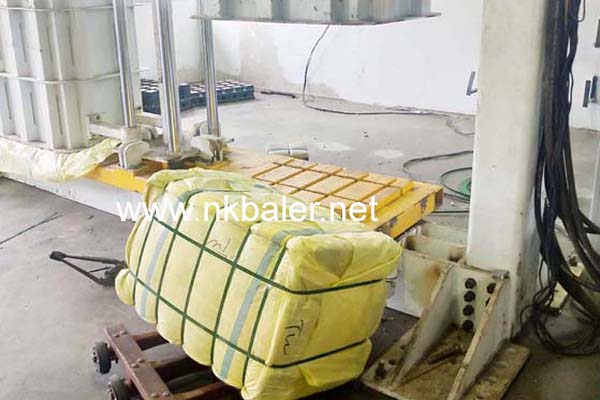
Nick mechanical double chambers clothes balers uses the two -cavity structure that can perform packaging and feeding at the same time, which greatly improves the work efficiency.The price of a double chambers clothes balers varies based on the brand and features.
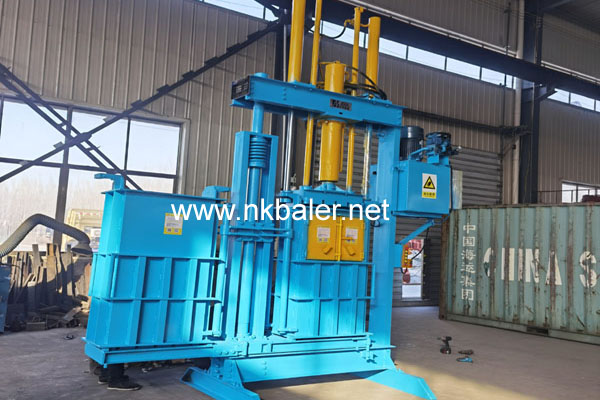
The price of a textile baler is affected by many factors including type,production capacity,level of automation,manufacturing materials,etc.When selecting a textile baler,it is recommended that users conduct a comprehensive review and comparison based on their actual needs and budget to purchase a product with good value for money.At the same time,choosing a reputable manufacturer is crucial to ensure the quality and after-sales service of the equipment.The price of a textile baler varies depending on factors such as brand,performance,specifications,etc.
Email:info@nkbaler.com Nickbaler888@gmail.com
WhatsApp: 008615021631102

